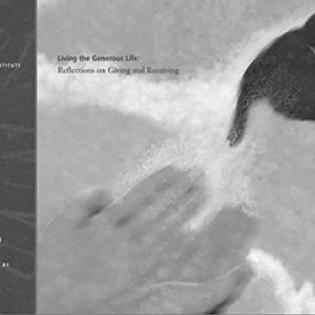To expose students to the history and philosophy of generosity in order to better understand why and how we should be generous.
Filter by subjects:
Filter by grades:
Filter by audience:
Filter by issue area:
Filter by content type:
Filter by resource type:
resource search
Jewish Tale: A childless woman volunteers at a hospital where she cares for a woman with no family. When the woman lies dying she promises her friend she will send her a baby. Shortly afterwards, the childless woman has a child of her own. How do we understand the timing of the gifts that come into our lives?
There are times when a person learns that it is better not to give a generous gift at all if it will be disrespected by the receiver. There are also times a person may realize too late that there is a cost for bad behavior.
In collaboration with the Fetzer Institute's Generosity of Spirit project team, Learning to Give brings you access to stories from all over the world that speak of the gifts and challenges of leading a generous life.
This collection of world myths and folktales (linked below) is accompanied by lesson plans at the high school level and a reflection guide for teachers, parents, and youth leaders.
Authored by Mary Slenski and Michele Wade
Definition
Introduce the philanthropic behavior of Native Americans through the speech attributed to Chief Seattle, using the book Brother Eagle, Sister Sky: The Words of Chief Seattle.
This unit includes access to folktales from all over the world, revealing a "generosity of spirit" that speaks the common language of "giving." Learners learn the components of a folktale, define philanthropy, and then read a variety of folktales that illustrate differences and similiarities acro
Young people read about Jewish role models who partake in tikkun olam. They reflect on how they can use their behavior as a model for their own philanthropy to perfect the world.

